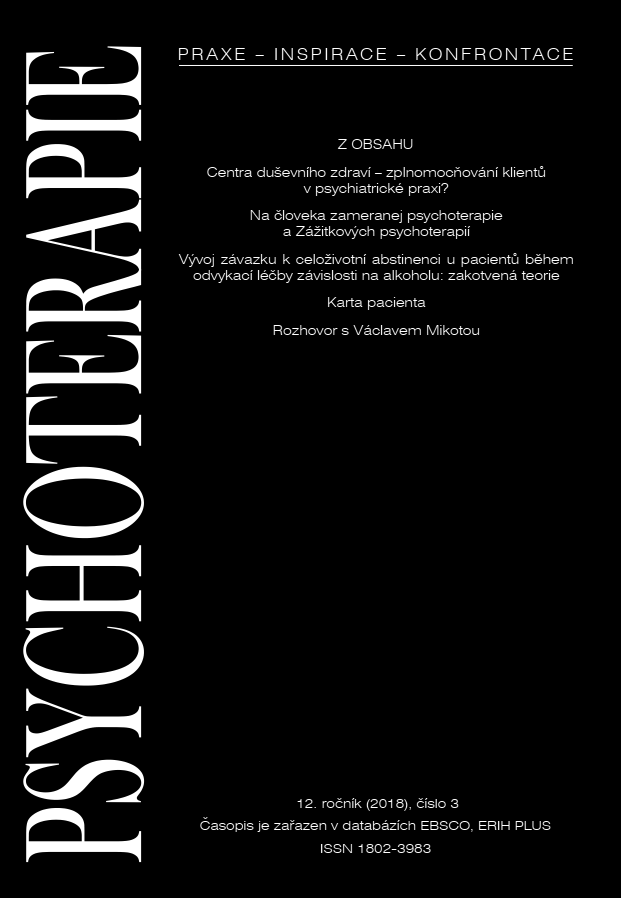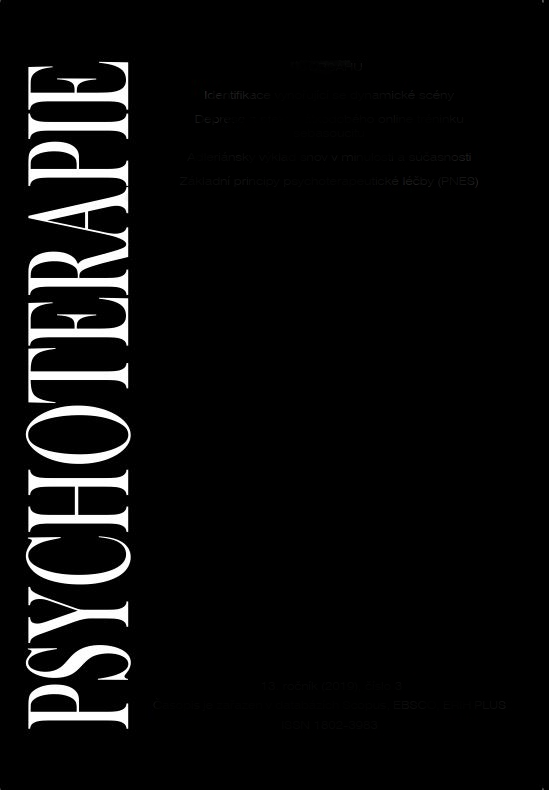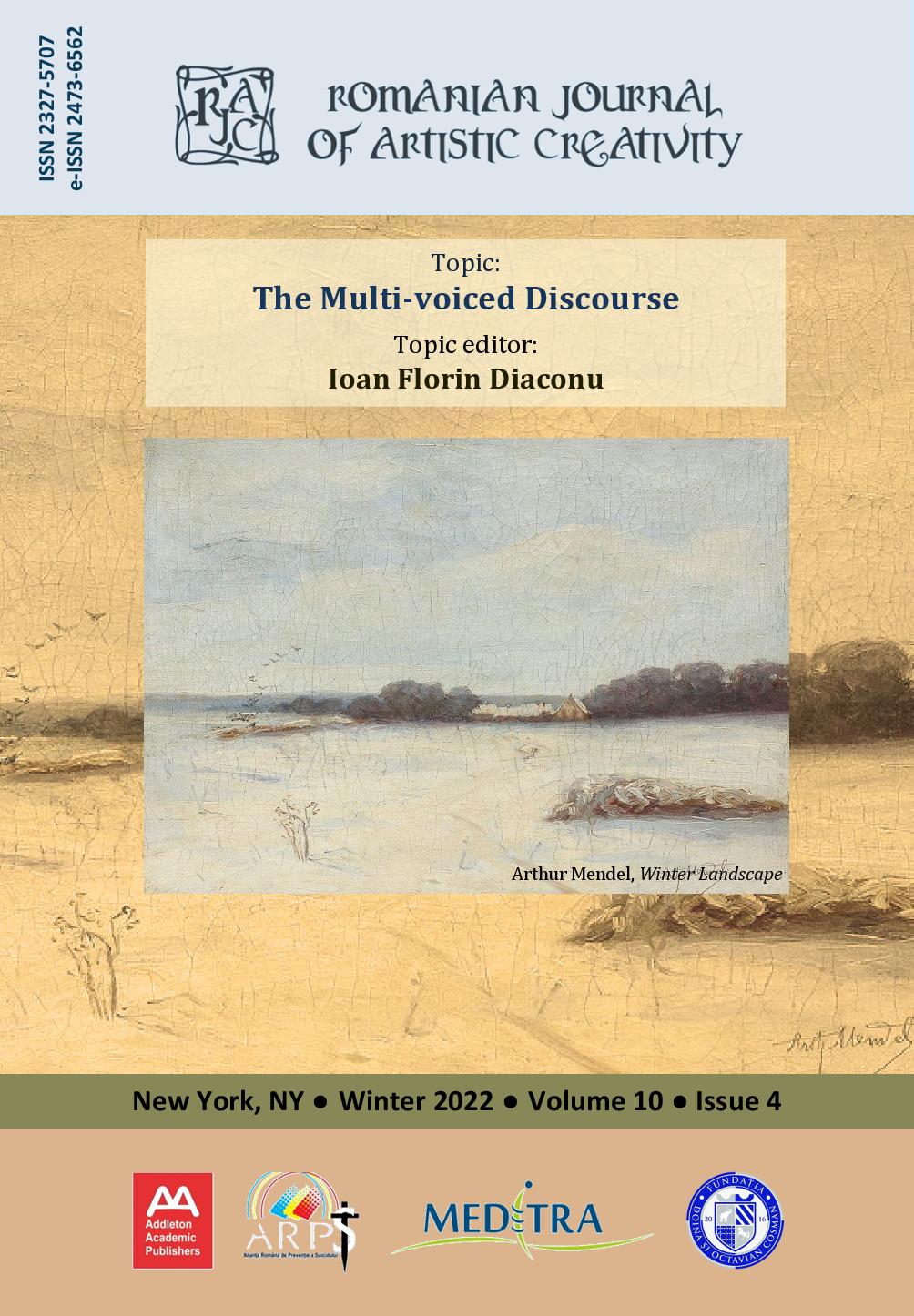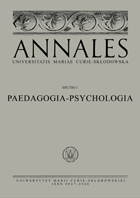
Vývoj závazku k celoživotní abstinenci u pacientů během odvykací léčby závislosti na alkoholu: zakotvená teorie
The thesis contributes to the understanding of therapeutic change of in-patients during an alcohol withdrawal treatment based on Skála’s treatment system. Research answers the question how the commitment to a lifetime abstinence develops in patients during their 13 weeks long alcohol withdrawal treatment. The explored group of participants consists of 27 respondents who were hospitalized during the research at the ward no. 19 in the Psychiatric Hospital in Brno. The method of grounded theory analysis was conducted. Final theory is presented through a sequential model of 4 phases which describe the change of patients’ commitment to a lifetime abstinence. The central concept is building of self-esteem that is supported by processed of improving self-efficacy and receiving positive feedback. The research findings are discussed within existing empirical findings on the process of addiction recovery. Finally, the research and clinical implications are provided.
More...




